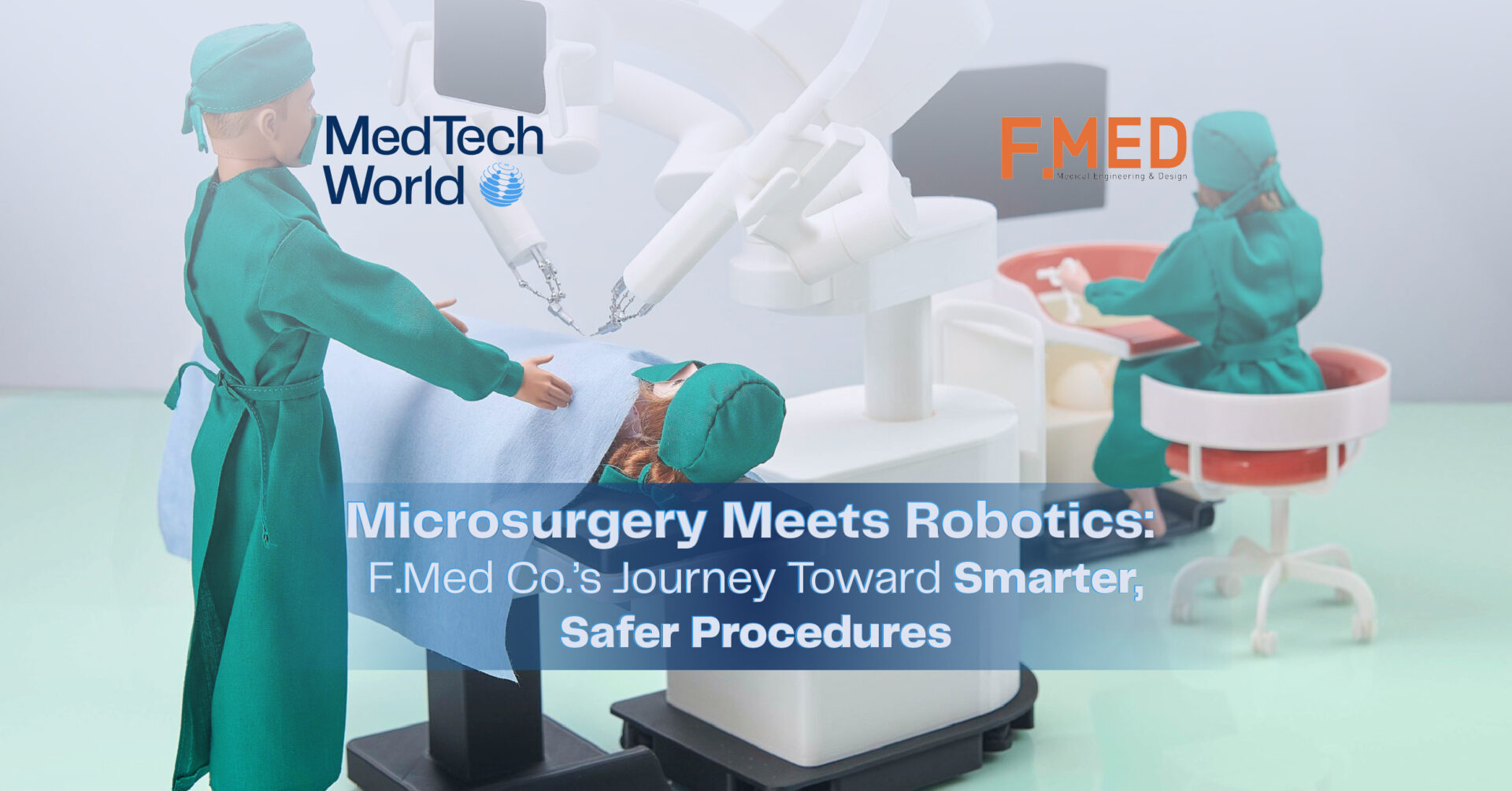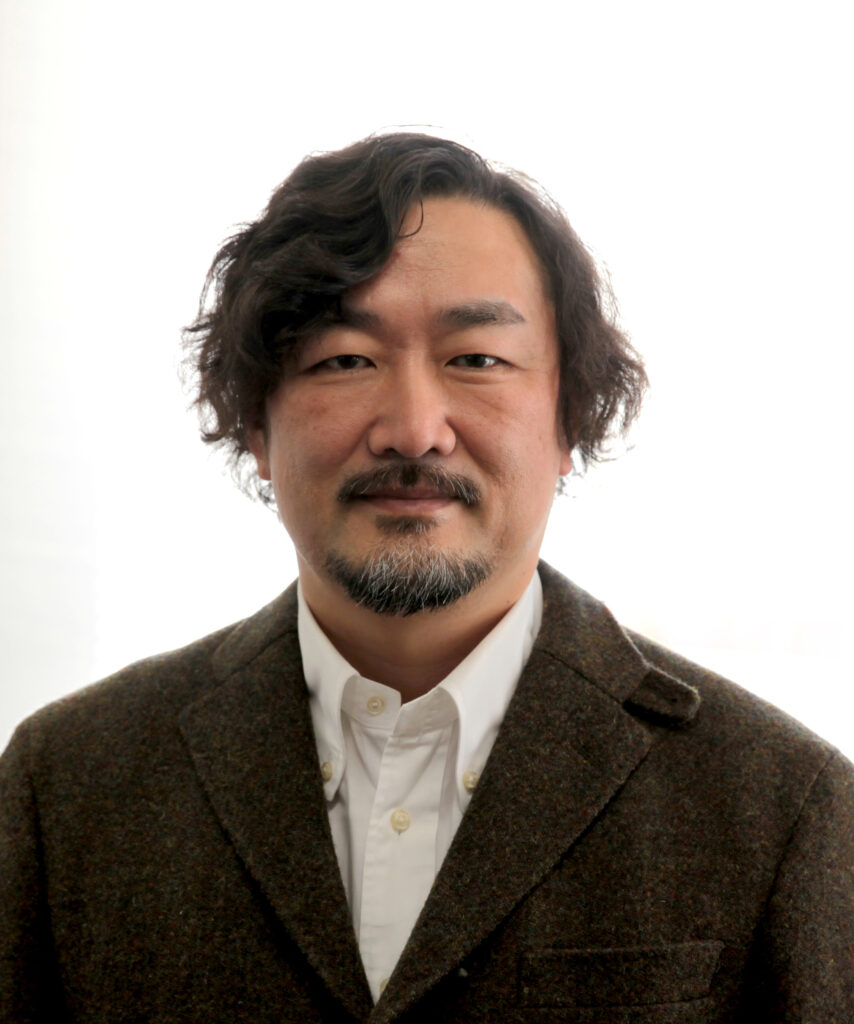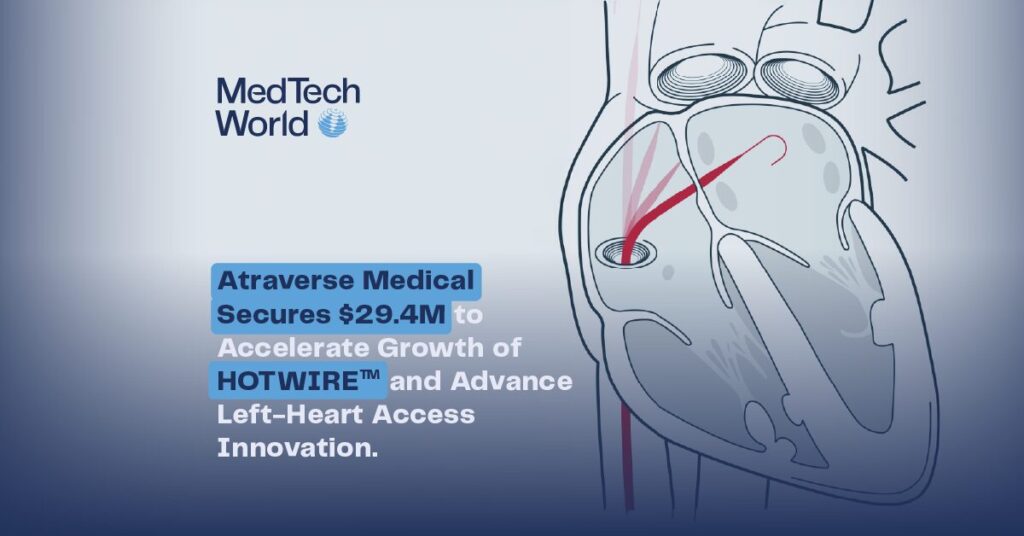
Wara Samar
14th February 2025
Microsurgery Meets Robotics: F.MED Co.’s Journey Toward Smarter, Safer Procedures
Microsurgery has long been a critical yet highly challenging field in medicine. Despite a century of advancements, the core techniques remain largely unchanged. Enter F.MED Co., a company aiming to refine microsurgical procedures through robotics. We spoke with Keita Shimomura, Co-Founder and CEO of F.MED, about the inspiration behind the company, its technology, and what the future holds.
“The first microsurgery procedure is believed to have been performed in 1921 by a Swedish surgeon. A century has passed, yet the fundamental concept—combining manual surgical tools with a magnification device—remains unchanged,” says Shimomura.
Recognizing the difficulty of mastering microsurgery and the limited accessibility of such treatments, Susumu Oguri, F.MED’s CTO, saw an opportunity to innovate. While conducting research at Kyushu University in 2013, he began developing a microsurgery robot. Shimomura, then a Business Development Director at a medical device distribution company, later joined the initiative.
“Our initial goal was academic research, but as the product evolved, we realized it had the potential for commercialization. The idea that our work could directly improve patients’ lives was exciting. Even in our mid-40s, we took a leap of faith and founded F.MED in 2021 to achieve our vision,” Shimomura explains.
A New Approach to Microsurgical Robotics
While many surgical robots exist today, most are designed for laparoscopic or joint replacement surgery, not for handling delicate microsurgical instruments. F.MED sought to change that.
“Our CTO rethought the concept of a manipulator and built a new one from scratch. The ‘Cylindrical Platform Manipulator’ consists of a combination of linear motors and metal linkages, minimizing cogging and stick-slip effects—issues that have made traditional gear-based manipulators unsuitable for microsurgery,” Shimomura explains.
This innovation allows F.MED’s robot to manipulate ultra-fine tools, such as 9-0 sutures, with high precision.
Overcoming Challenges in Development
Developing an advanced microsurgery robot was no easy feat. “It was extremely difficult to get the manipulator to precisely follow a surgeon’s gestures on the controller with a resolution of less than 0.1 mm. Eliminating hand tremors was another major challenge,” says Shimomura.
Through persistent refinement, the team improved tracking accuracy, ultimately enabling the robot to connect a 0.3 mm diameter training vessel with sub-0.05 mm resolution.
The advantages of robotic microsurgery go beyond precision. “With robotic assistance, surgical tool handling becomes more stable than with human hands. Needle punctures can be performed accurately on the first attempt, reducing vessel wall damage and minimizing the risk of thrombosis,” notes Shimomura.

Additionally, the technology could transform surgical training. “Currently, mastering manual microsurgery requires years of intensive training. With robotic assistance, this period can be reduced to just hours. More surgeons will be able to perform microsurgery, leading to increased procedures and better patient access,” he adds.
Bridging the Gap in Global Healthcare
F.MED also sees its technology playing a role in addressing disparities in global access to specialized medical care through remote surgery. “With remote assistance, the only requirement is setting up the robotic system, allowing an experienced surgeon to operate from their office or a distant operating room. We plan to integrate our microsurgery robot for remote surgery in the near future by partnering with a company specializing in this field,” says Shimomura.
Recently, F.MED secured ¥430 million in funding, a crucial step toward commercialization. “Our primary milestone this year is to obtain regulatory approval in Japan. To achieve this, we need to finalize the development of our commercial product, finalize specifications, and complete the necessary regulatory tests,” says Shimomura.
Looking ahead, the company plans to launch its product in Japan in 2026 while simultaneously seeking regulatory approvals in North America, the GCC, the EU, and APAC. Development of a second-generation system is also in the pipeline.
Future Innovations and Industry Growth
F.MED’s vision extends beyond its current product. “We aim to expand forceps attachments, integrate a third arm, and refine our manipulator’s movement. On the software side, we plan to integrate remote operation capabilities and AI-driven assistance while improving the user interface,” says Shimomura.
In the next five to ten years, the company envisions itself as a key player in medical engineering beyond just robotics.
“Our philosophy is ‘We defeat inconvenience together.’ While we are developing a microsurgery robot, our goal is to expand into general open surgery as well as other medical devices like laparoscopic instruments. We aim to continuously develop innovative and practical solutions that enhance patient outcomes and improve the quality of life,” he concludes.





